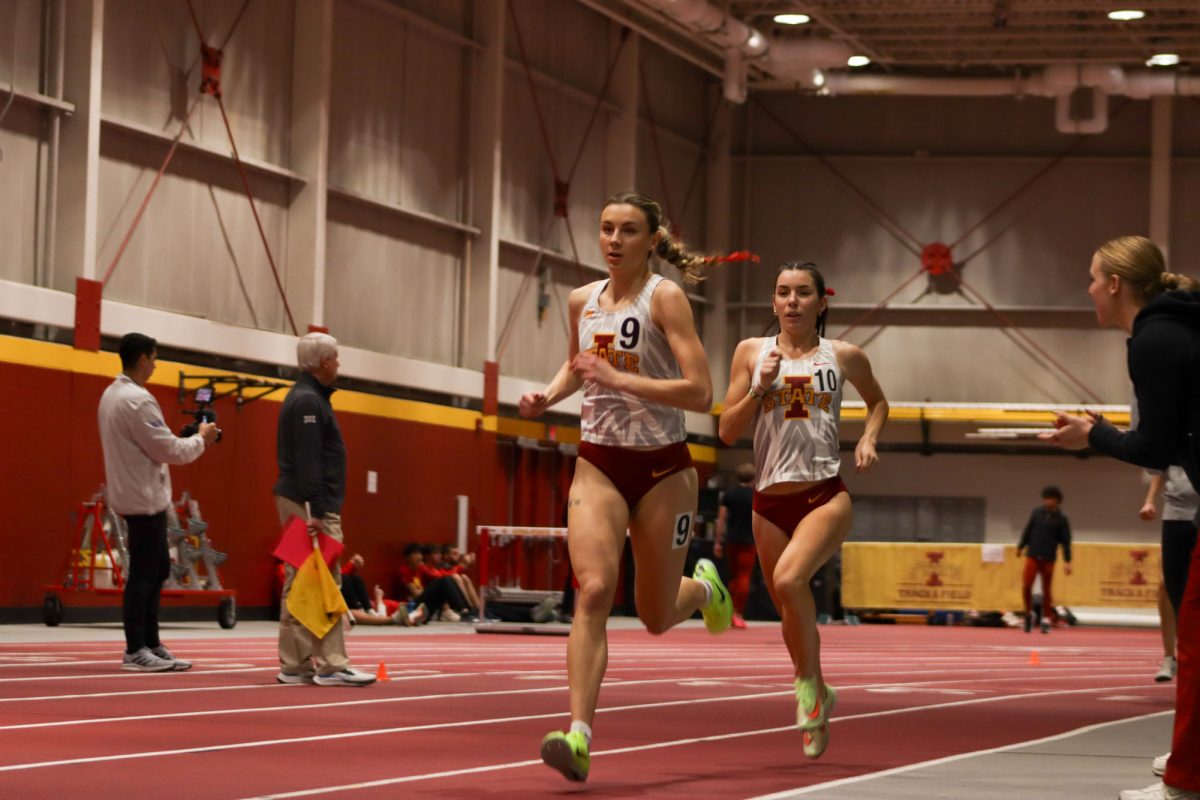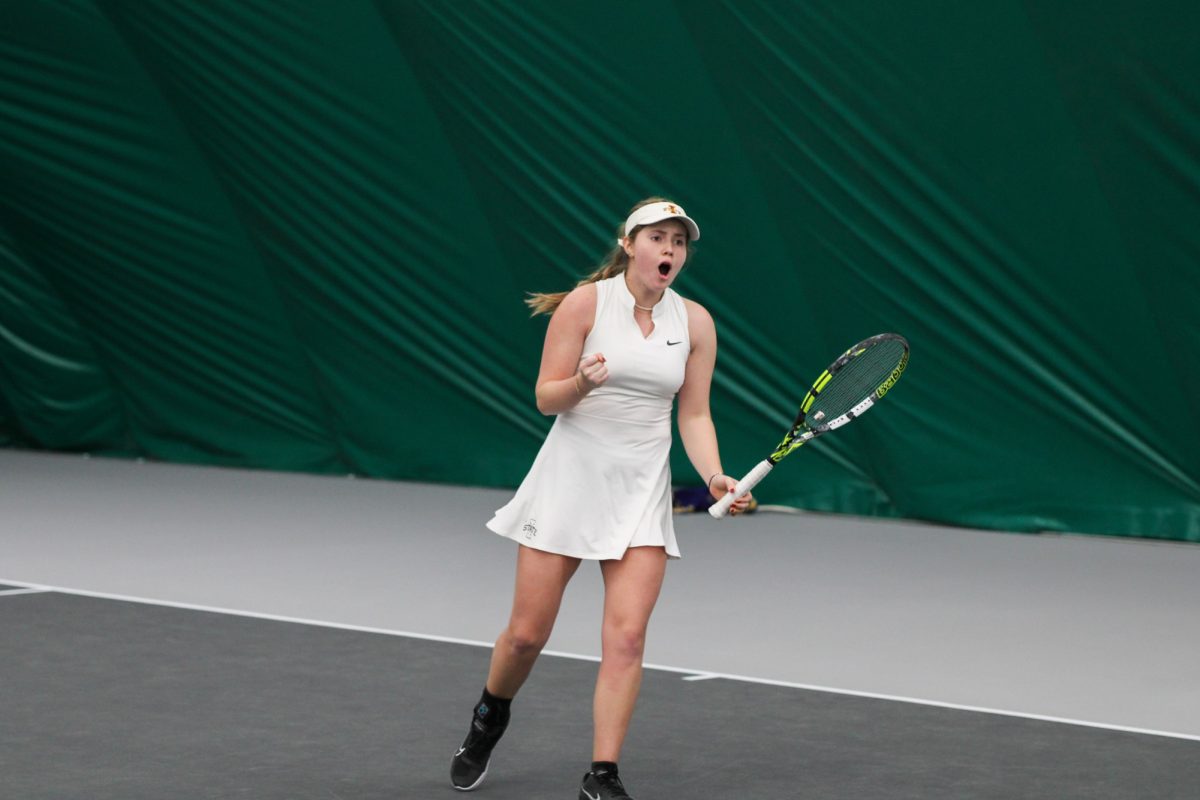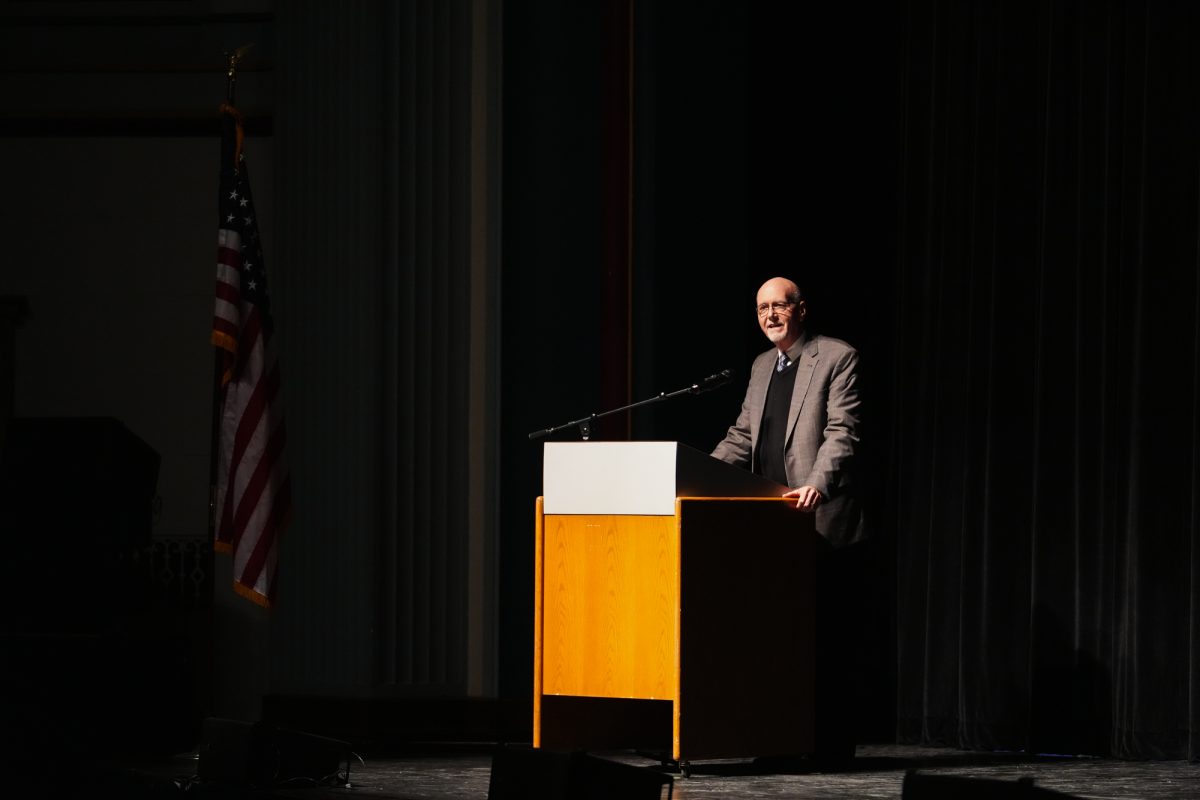Taekwondo club adds medals to an already storied program
April 10, 2015
In taekwondo there are several sides to the sport but the ISU Martial Arts Club has excelled in both in sparring and poomsae, more commonly known as forms. The club traveled to Delaware to compete in the National Collegiate Taekwondo Championships, which took place April 4 and 5.
The club sent 13 members from the Taekwondo team to nationals. Judo and Hapkido round out the trio of branches that make up the martial arts club at Iowa State but Taekwondo and Judo are the only two disciplines that send teams to nationals.
The club was started more than 40 years ago by Grandmaster Yong Chin Pak, or as most know him, Grandmaster Pak. Pak built the program from the bottom up to get it to where it is today — one of the most storied collegiate Taekwondo programs in the country.
At the 2015 nationals, the club brought home several medals. Each year it is the club’s goal to bring home as many medals as possible, but this year the primary goals were just to compete and gain experience.
“This year, we have new coaches and we were really looking for the program to grow,” said Emma Dostal, senior and club president. “We had a very large incoming class of white belts compared to past years.”
Being so young, the main goal was to send as many members as possible to give them the experience, and then for them to come back to pass on that knowledge and experience to younger competitors in the club.
The structure of the season varies on what martial arts discipline specific members want to master, but taekwondo classes run year round. The club ramps up the training regimen in January to practice three to four times per week. They also switch to two-a-days in January.
In order to qualify for nationals there is a state qualifier in the Midwest. Since Iowa State and Iowa are the only two prominent taekwondo competitors in the state, the club has had to travel for the qualifying round but just recently the NCTA added a qualifier right in Iowa State’s backyard.
“We compete in about four tournaments each year and then hold scrimmages against Iowa and Wisconsin,” Dostal said. “We then compete in the qualifier every year.”
The national tournament is set up in a bracket form with half of the field getting eliminated each round. The sparring and forms bracket is narrowed down to the final eight, and then those eight participants compete for the ultimate prize — a gold medal.
Sparring is like the typical Olympic category. It tests endurance, speed and physicality.
On the opposite end of the pain spectrum is forms. Forms is similar to gymnastics. Competitors perform a set of techniques and have to try to get the highest score out of 10. All of this is done on a 10-by-10 meter mat.
“Forms has to be second nature. You have to perform without thinking what will come next. Sparring is physical but that to has a mental component,” Dostal said. “Forms is all a mind game.”
Experience isn’t always needed. Senior Amber Ringgenberg is only in her third year of taekwondo, and in that short time she has already captured first place in forms. In just a few weeks, Ringgenberg will attempt to get her black belt recommended.
“Going into the season, I just wanted to train hard and never give up,” Ringgenberg said. “If I did those two things I knew I would have a chance to win gold.”
Senior Sullivan Boyd is one of the most talented members of the club. Boyd has picked up four medals during the past two years. In each of the previous two years, Boyd finished first in sparring and second in forms.
“My goal this year was to further improve not only my skills, but the skills of the lower belt ranks who just started,” Boyd said.
The club plans to recharge next year and best the success they had this time around. The lower belts will have to step up and prove they have the skill set to represent such a storied program.





